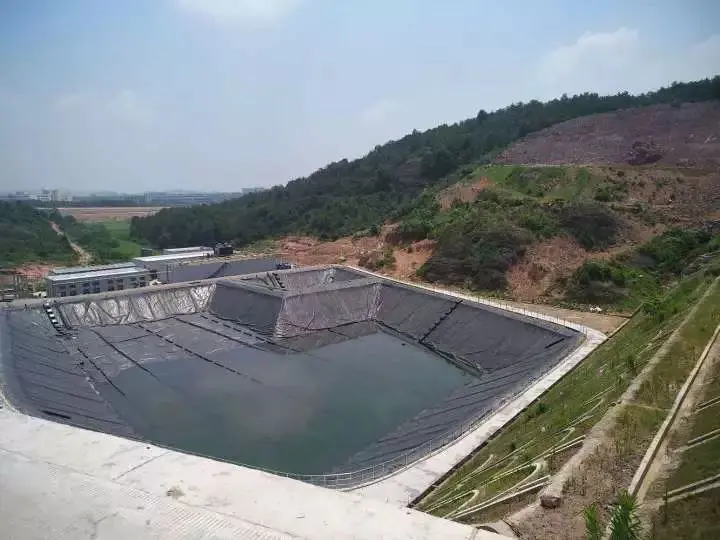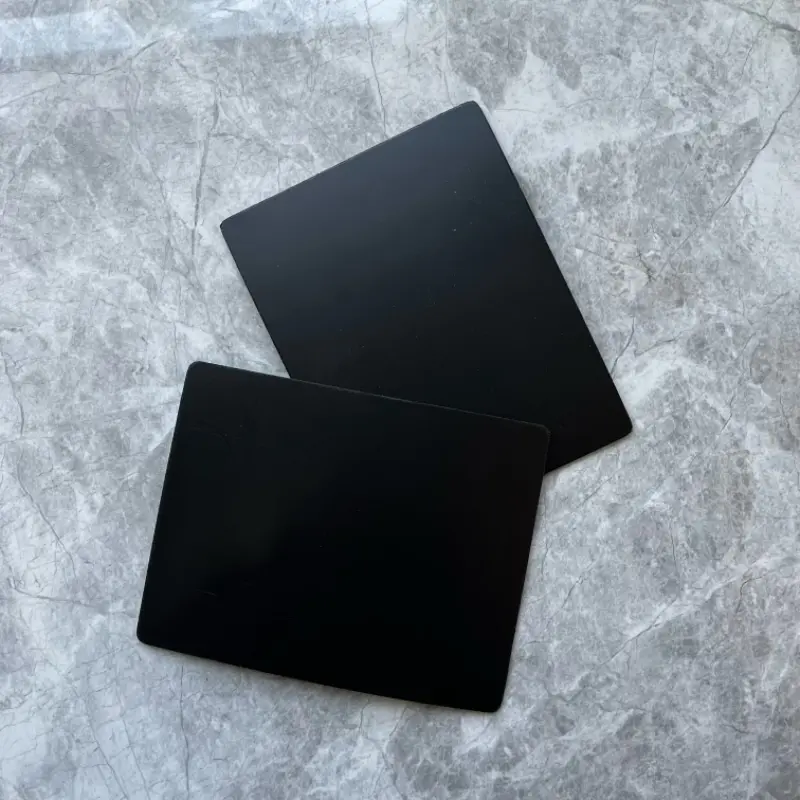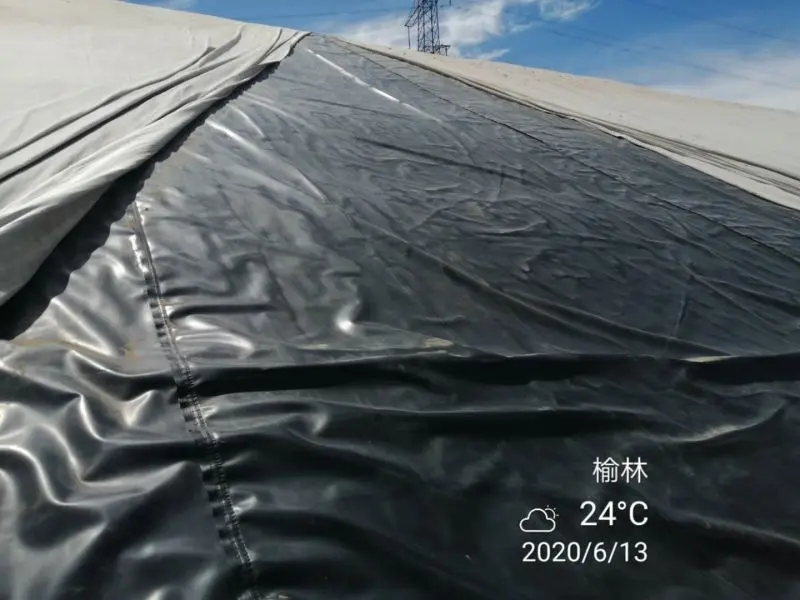Water Conservancy Projects
1, What is water conservancy projects

Water conservancy projects refer to a set of planned initiatives and engineering efforts aimed at efficiently managing water resources, controlling water flow, preventing floods, and ensuring sustainable water use for various purposes. These projects are crucial for addressing water-related challenges, such as water scarcity, flooding, and environmental degradation. Water conservancy projects encompass a wide range of activities and structures designed to optimize the utilization and distribution of water resources. Some common components of water conservancy projects include:
1), Reservoirs and Dams: Constructing reservoirs and dams helps store water during periods of abundance and release it when demand is high. This helps in regulating water supply, providing irrigation for agriculture, generating hydroelectric power, and preventing downstream flooding.
2), Irrigation Systems: Developing efficient irrigation systems is essential for agricultural water management. Water conservancy projects often involve the construction of canals, channels, and pipelines to deliver water to fields, promoting crop growth and improving overall agricultural productivity.
3), Flood Control Structures: Building structures such as levees, embankments, and flood barriers helps mitigate the impact of floods by controlling and redirecting water flow. These structures protect communities, farmland, and infrastructure from the destructive effects of excessive water.
4), Water Diversion Projects: Implementing systems to divert water from one area to another can be critical for meeting water demands in specific regions. This may involve the construction of aqueducts, pipelines, and tunnels to transport water over long distances.
5), Wastewater Treatment: Water conservancy projects also address wastewater management, including the construction of treatment plants to purify and recycle water. This contributes to environmental protection and ensures the sustainable use of water resources.
2, Problems of water conservancy projects
Here are some common problems that geomembranes can help solve:
1), Uncontrolled seepage of water can lead to significant losses and reduce the efficiency of water storage structures such as reservoirs and ponds.
2), Traditional earthen canals may experience water losses due to seepage, leading to inefficient water distribution for agricultural purposes.
3), Dams are susceptible to water infiltration, which can compromise their structural integrity and pose risks to downstream areas.
4), Inadequate containment of leachate from landfills can contaminate surrounding soil and water, posing environmental risks.
5), Soil erosion along riverbanks, slopes, and embankments can lead to the degradation of infrastructure and loss of fertile soil.
Aquaculture Pond Liners:
6), Untreated wastewater can contaminate soil and water, posing environmental and public health risks.
Solution: Geomembranes are used in wastewater treatment facilities to contain and manage effluent, preventing its infiltration into the surrounding environment.
Important Role of Geomembranes in Water Conservancy Projects
1,what is geomembrane

A geomembrane is a synthetic membrane or barrier used in civil and environmental engineering applications to control the movement of fluids, primarily liquids and gases. These membranes are manufactured from various types of polymers and are designed to be impermeable, providing a reliable barrier against seepage or contamination. Geomembranes are widely used in a range of industries and infrastructure projects due to their durability, flexibility, and impermeability.
Key Features:
1), Impermeability: The primary function of geomembranes is to prevent the passage of liquids and gases, making them an effective barrier against seepage in various applications.
2), Chemical Resistance: Geomembranes are often resistant to chemicals, which enhances their suitability for applications involving potentially corrosive substances.
3), UV Resistance: Some geomembranes are designed to withstand ultraviolet (UV) radiation, ensuring durability when exposed to sunlight over extended periods.
4), Flexibility: Geomembranes are flexible and can conform to the shape of the terrain, making them versatile for different construction and environmental protection projects.
Main Applications:

1), Water Conservation: Geomembranes are used in water reservoirs, ponds, and canals to prevent seepage, ensuring efficient water storage and distribution.
2), Waste Containment: They serve as liners for landfills, hazardous waste storage facilities, and impoundments, preventing the migration of pollutants into the surrounding environment.
3), Mining and Energy: Geomembranes are employed in mining operations for heap leach pads, tailings storage, and containment of process fluids. They are also used in oil and gas applications for containment and environmental protection.
4), Agriculture: Geomembranes are used in agriculture for pond liners, irrigation canal liners, and manure storage facilities to prevent water seepage and environmental contamination.
5), Civil Engineering: They play an important role in construction projects for tunnel lining, underground storage tanks, and environmental remediation projects.
6), Aquaculture: Geomembranes are utilized in aquaculture pond liners to prevent water seepage and maintain optimal water levels for aquatic organisms.
Common materials used for manufacturing geomembranes include high-density polyethylene (HDPE), low-density polyethylene (LDPE), polyvinyl chloride (PVC), ethylene propylene diene monomer (EPDM), and others. The selection of material depends on the specific requirements and conditions of the intended application. Overall, geomembranes play a very important role to environmental protection, resource conservation, and the long-term integrity of various engineering structures.
2, The solution of water conservancy projects problem----geomembrane
geomembranes offer versatile solutions in water conservancy projects by effectively addressing issues related to seepage, erosion, and containment, thereby enhancing the overall efficiency and sustainability of water management systems.
1), Seepage Control:
Geomembranes act as impermeable barriers, preventing water from seeping through the soil and ensuring efficient containment of water in reservoirs and ponds.
2), Water Loss Reduction in Canals:
Geomembrane liners in canals create a watertight barrier, reducing seepage and optimizing water distribution for irrigation, ultimately enhancing agricultural productivity.
3), Dam Waterproofing:
Geomembranes are used as waterproofing layers in dam construction, preventing water from permeating the dam structure and ensuring its stability over time.
4), Landfill liner:
Geomembranes act as liners in landfill construction, preventing leachate from reaching the soil and groundwater, thereby reducing environmental pollution.
5), Erosion Control:
Geomembranes, when combined with erosion control measures, provide a protective layer against erosion, stabilizing slopes and preventing the loss of soil.
6), Wastewater Containment:
Geomembranes are used in wastewater treatment facilities to contain and manage effluent, preventing its infiltration into the surrounding environment.
Geosynthetic membranes, play a pivotal role in water conservancy projects by serving as impermeable barriers to prevent water seepage and leakage. Their significance lies in safeguarding the integrity of structures such as reservoirs, canals, and dams, ensuring efficient water storage and distribution. Geomembranes contribute to erosion control, soil stabilization, and protection of infrastructure. Additionally, they enhance the longevity of water projects by resisting chemical corrosion and environmental degradation, ultimately promoting sustainable water resource management. The use of geomembranes not only strengthens the structural stability of the engineering works but also aids in environmental protection, making them an indispensable component in ensuring the effectiveness and longevity of water conservancy projects.
FAQ
1. Why are geomembranes considered crucial in water conservancy projects?
Geomembranes are vital due to their impermeable nature, effectively preventing water seepage and ensuring the integrity of structures like reservoirs and canals, enhancing the efficiency and sustainability of water management.
2.How do geomembranes contribute to erosion control in water conservancy projects?
Geomembranes serve as protective barriers, stabilizing slopes and embankments, thus mitigating soil erosion and preserving the structural integrity of the project.
3.What role do geomembranes play in preventing environmental contamination in water conservancy initiatives?
Geomembranes act as liners in landfills and waste containment areas, preventing the leachate from contaminating surrounding soil and groundwater, ensuring environmental protection.
4. How do geomembranes extend the lifespan of water conservancy structures?
By resisting chemical corrosion, UV degradation, and preventing water infiltration, geomembranes contribute significantly to the durability of structures, ultimately prolonging the lifespan of water conservancy projects.
5. Can geomembranes be retrofitted in existing water reservoirs, and what benefits does this provide?
Yes, geomembranes can be retrofitted to address leaks and enhance the waterproofing of aging reservoirs. This retrofitting not only prevents further deterioration but also improves the overall performance, ensuring sustained functionality.

897.webp)
942.webp)
237.webp)